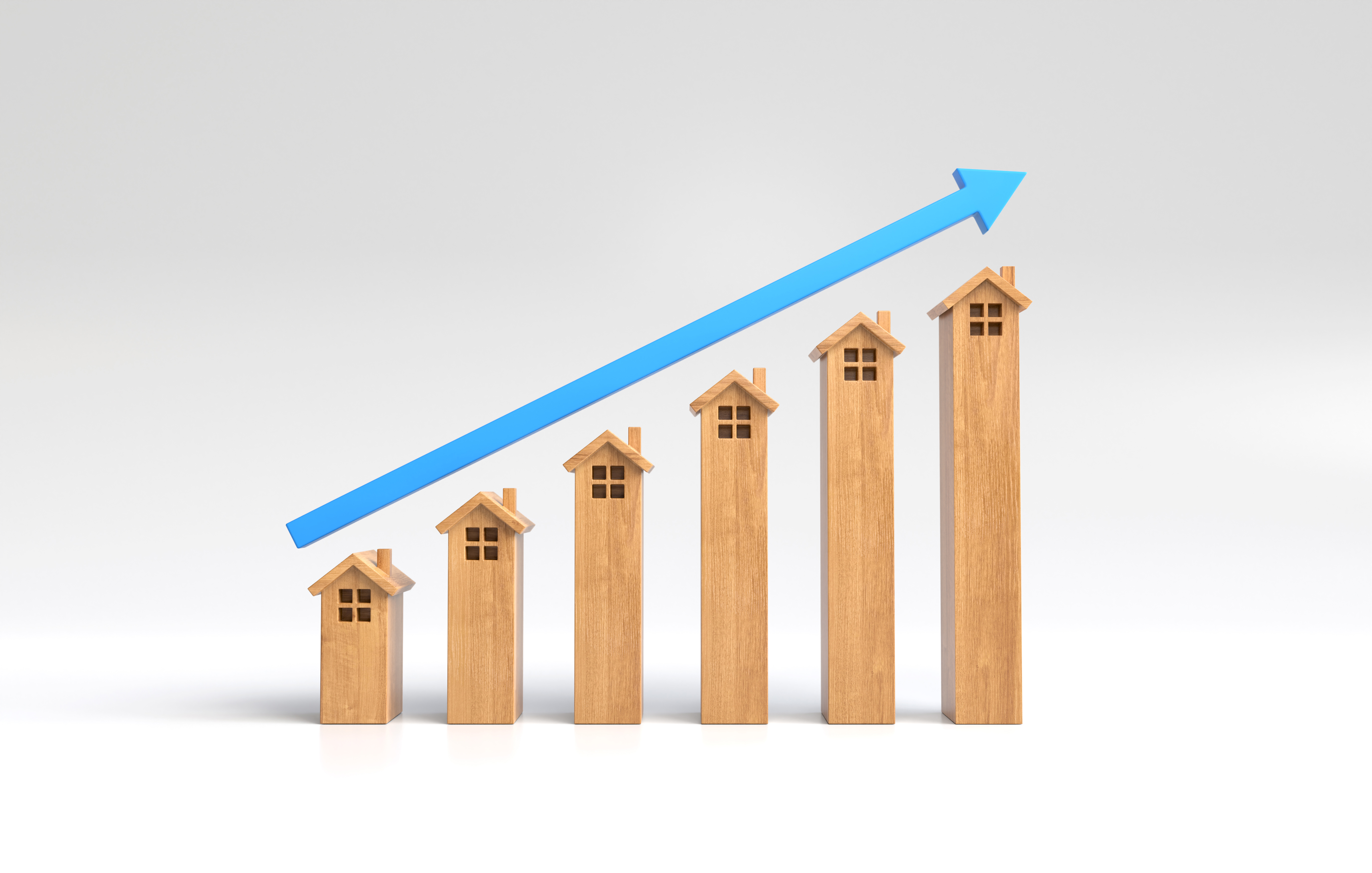Construction Material Impact
Increased tariffs significantly affect home insurance rates through their impact on construction materials. When tariffs rise on imported lumber, steel, aluminum, and other building components, replacement costs for homes increase proportionally. Insurance premiums are calculated largely based on these replacement costs, creating a direct relationship between tariff-induced material price increases and higher insurance premiums. Recent industry analyses indicate that a 25% tariff on building materials typically translates to a 5-8% increase in home replacement costs, which insurers then factor into premium calculations during policy renewals.
Claims Settlement Considerations
Tariffs change how insurance companies figure out and pay claims for damage to property. When material costs go up, it costs more to fix damage caused by things like weather, fires, and other events that are covered. Insurance companies have to change their loss models and reserves to reflect these higher costs. Usually, they pass these changes on to customers by raising rates. This effect is especially strong for replacement cost policies, which promise to rebuild with similar quality materials even if prices go up. This makes them directly vulnerable to cost increases caused by tariffs.
Changes in Regions
Because of differences in building methods and products, tariffs have very different effects on insurance rates in different areas. Premium rises are bigger in places where building styles depend a lot on imported materials. Coastal areas that use special materials that are resistant to storms, many of which are imported, may hit harder than other areas. As a result of taxes, markets that are already struggling with supply problems and high prices are hit even harder by markets that need to rebuild quickly because of recent disasters.
Timeline for Market Response
Insurance rate changes don't happen right away after tariffs are put in place; instead, they happen in a way that can be predicted. When tariffs are first announced, they have limited effects right away while insurers figure out what those effects might be. Within three to six months, new plans will start to include higher replacement cost estimates from insurers. Existing policyholders generally feel the effect when their policies are renewed. The full effect usually takes 12 to 18 months to cycle through the market as policies are renewed and claims data shows how much things have changed.
Mitigation Strategies
Homeowners can take specific actions to minimize tariff-related premium increases. Increasing deductibles can offset some premium hikes while maintaining essential coverage. Bundling multiple policies often provides discounts that counterbalance materials-driven increases. Home hardening improvements like impact-resistant roofing or updated electrical systems may qualify for discounts that partially mitigate tariff effects. Regularly reviewing coverage limits ensures you're not over-insured, as values fluctuate in response to market conditions.


